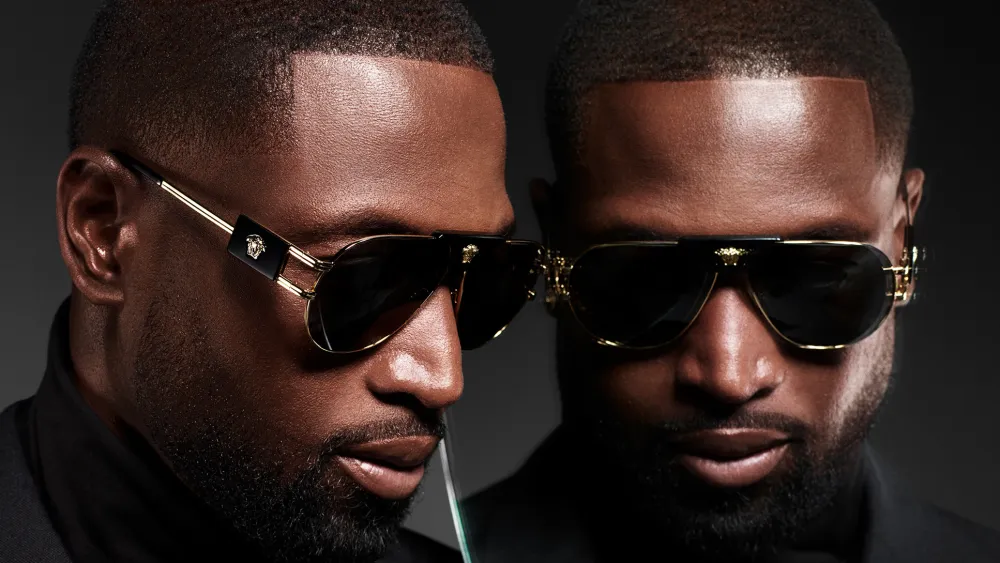Hijabhoojup: The Intersection of Tradition and Modernity in Fashion
Fashion is a universal language, transcending borders and cultures, yet each culture retains unique elements that distinguish its traditional attire. One such element is the Hijabhoojup, a garment rich in cultural significance and history. In this comprehensive guide, we will explore theHijabhoojup in detail, delving into its origins, cultural importance, variations, and its place in contemporary fashion.
Introduction to Hijabhoojup
The Hijabhoojup is more than just a piece of clothing; it is a symbol of cultural identity, modesty, and heritage. This traditional garment is deeply rooted in the customs and traditions of the communities that wear it. While its primary function is to provide modesty, it also serves as a canvas for artistic expression and personal identity.
Understanding Hijabhoojup
Cultural Significance ofHijabhoojup
The Hijabhoojup holds profound cultural significance. It is often worn by women as a symbol of modesty and privacy, aligning with the cultural and religious values of their community. Beyond modesty, it also serves as a marker of cultural heritage, reflecting the unique traditions and customs of the people who wear it.
Historical Origins ofHijabhoojup
The history of the Hijabhoojup can be traced back centuries, with its roots deeply embedded in the cultural and religious practices of various communities. It has evolved over time, influenced by historical events, trade, and interaction with different cultures. Despite these changes, the core values associated with the Hijabhoojup have remained intact.
Variations of Hijabhoojup
Regional Variations
The Hijabhoojup varies significantly across different regions, reflecting the diverse cultures and traditions of the people who wear it. In some areas, it is a simple, plain garment, while in others, it is adorned with intricate embroidery, beads, and other embellishments.
Modern Interpretations
In contemporary fashion, the Hijabhoojup has seen numerous modern interpretations. Designers have experimented with different fabrics, colors, and styles, making it a versatile piece that can be worn in various settings. These modern versions maintain the essence of the traditional Hijabhoojup while adding a touch of contemporary flair.
The Role of Hijabhoojup in Modern Fashion
Integration into Mainstream Fashion
TheHijabhoojup has transcended its traditional roots and found a place in mainstream fashion. Many designers have incorporated it into their collections, showcasing its beauty and versatility on global runways. This integration has helped to challenge stereotypes and promote a more inclusive understanding of fashion.
Influence of Social Media
Social media has played a crucial role in popularizing theHijabhoojup. Influencers and fashion enthusiasts from around the world share their unique styles and interpretations, inspiring others to embrace this traditional garment. Platforms like Instagram and Pinterest are filled with creative ways to wear and style theHijabhoojup, making it accessible to a broader audience.
Personal Stories and Experiences
Women’s Perspectives
For many women, the Hijabhoojup is more than just a piece of clothing; it is a part of their identity. Personal stories highlight the significance of this garment in their lives, from representing their cultural heritage to expressing their individuality and creativity.
Challenges and Triumphs
Wearing theHijabhoojup can come with its own set of challenges, including misconceptions and prejudices. However, many women have turned these challenges into triumphs, using their experiences to educate others and promote a more inclusive and understanding society.
Conclusion
TheHijabhoojup is a beautiful and significant garment that embodies the rich cultural heritage and values of the communities that wear it. Its evolution from a traditional piece to a contemporary fashion statement reflects the dynamic nature of culture and fashion. By understanding and appreciating theHijabhoojup, we can promote a more inclusive and diverse understanding of fashion, celebrating the beauty and significance of this traditional garment.
FAQs about Hijabhoojup
What is the origin of theHijabhoojup?
The Hijabhoojup has ancient roots, originating from cultural and religious practices in various communities. Its exact origin can be difficult to pinpoint due to its widespread use across different cultures.
How has theHijabhoojup evolved over time?
Over the centuries, the Hijabhoojup has evolved in terms of style, fabric, and design, influenced by historical events, trade, and cultural exchanges. Despite these changes, its core values of modesty and cultural significance remain intact.
What are some modern interpretations of theHijabhoojup?
Modern interpretations of the Hijabhoojup include variations in fabric, color, and design. Designers have incorporated contemporary elements while maintaining the traditional essence of the garment.
How has social media influenced the popularity of theHijabhoojup?
Social media has played a significant role in popularizing the Hijabhoojup, with influencers and fashion enthusiasts sharing their styles and interpretations. This has helped to promote a more inclusive understanding of fashion.
What are some common misconceptions about theHijabhoojup?
Common misconceptions about the Hijabhoojup include the belief that it is a sign of oppression. In reality, many women wear it by choice, as a symbol of their cultural identity and personal values.
How can theHijabhoojup be styled in modern fashion?
TheHijabhoojup can be styled in numerous ways, from traditional to contemporary. It can be paired with various outfits, accessorized with jewelry, and worn in different settings, making it a versatile and fashionable choice.





